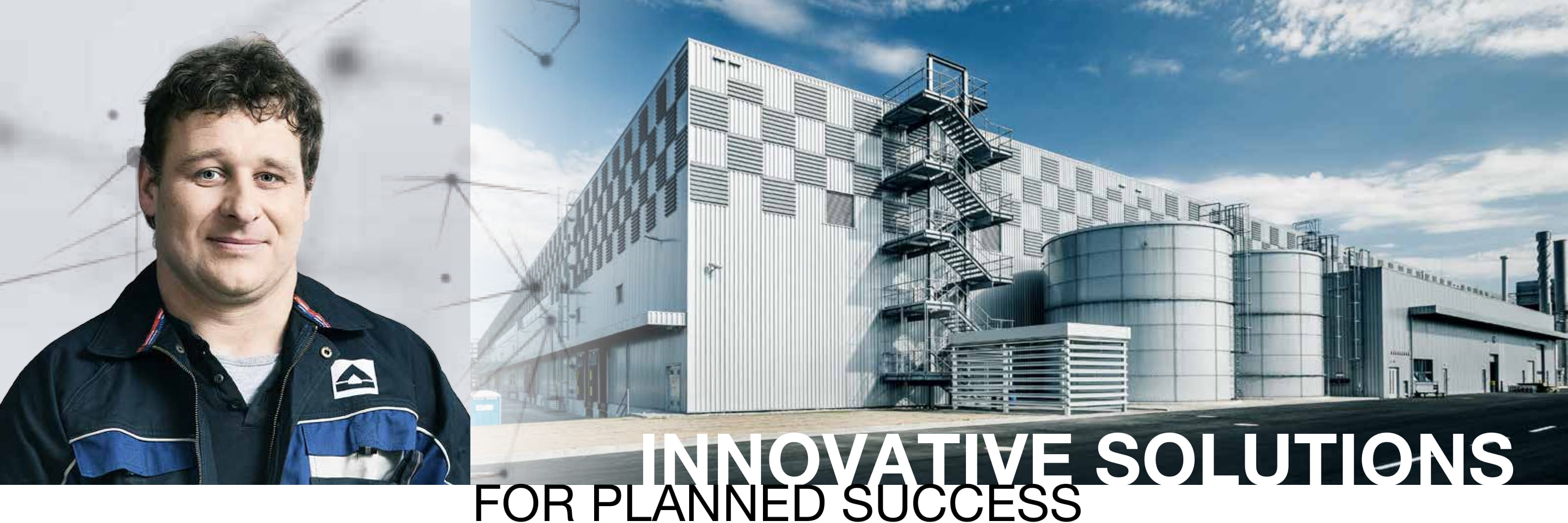The National Film Archive builds a new depository for 100 million kilometres of film
-
the new depository will provide a safe storage especially for non-flammable colour films
-
45,000 duplication materials and 15,000 rare copies will be preserved in a protective environment at a temperature of -5°C and a relative humidity of 35%
-
Cesta do pravěku (The Journey to the Beginning of Time), S tebou mě baví svět, Kolja (Kolya), the First Republic avant-garde films and the trial of Milada Horáková: the only way how to save the national film heritage for future generations is a top archival care in a modern depository
-
apart from the films, documents, posters and glass photographic negatives will also be stored in the depository
-
the expected construction period is 11 months, moving huge amounts of film materials will eventually take 10 years because of necessary acclimatization
-
depositories´ premises of the NFA are located in a central Bohemian village Hradištko, outside the flood areas and air corridors
-
the depository for CZK 116.5 million is constructed by the joint stock company HOCHTIEF CZ according to an architectural design by ing. arch. Martin Kotík and a design by the company Arch.Design
Construction
The construction is funded by a program of the Ministry of Culture intended for care of the national cultural treasure. The foundation stone of the construction will be tapped on 24 March at 2 PM by the Minister of Culture Mr. Daniel Herman. The building will be located in a village in Prague-West District on a plot of the existing depositories of the NFA from the 1970s and 1990s.
“The film material is demonstrably the most reliable carrier for moving images and therefore the NFA for many years sought to build a depository that will ensure long-term preservation of our film heritage. The new depository will meet the highest standards of care and thanks to it we are getting to the level of the most successful film archives in Europe,” says the CEO of the NFA Michal Bregant.
The new depository at 1,820 m2 of built-up area and 21,500 m3 of enclosed area will hold up to 100 million kilometres of film, which is almost three times the distance from the Earth to Venus.
“We appreciate that we can implement for the National Film Archive a brand new modern building that will enable the archive to continue performing its work well and will thus support preservation and expansion of our film heritage collection. We are glad that we will also become a part of significant part of our history,” said Ing. Tomáš Koranda, the Member of the Executive Board of the company HOCHTIEF CZ, the general construction contractor.
Protection of the film heritage
The design of the new building will correspond to the fact that the film material has to be protected against environmental influences. Relative humidity of 35% will prevent drying out and shrinking of the film and a constant temperature of -5°C will stop the chemical processes that shorten the life of the material. Before moving into the new building, each film will go through an acclimatization chamber where it will spend 24 hours. 10,000 negatives of feature films and 21,000 negatives of non-feature films, 4,000 copies for duplication of feature-films and 10,000 copies for duplication of non-feature films and 15,000 copies will go through the acclimatization. Therefore, the moving will take about 10 years. Negatives and copies for duplication are the most valuable and highest quality materials that are used for production of copies for screening. Within preparation for construction of the new depository, for many years, the experts from the NFA inspect, clean and repackage all the affected materials into inert plastic boxes whose composition was designed by them based on years of research.
Archival collections
The National Film Archive is one of the oldest and most significant film archives in the world, which is also reflected in the range, size and importance of its collections and funds.
The depository of contemporary documentation contains key documents for understanding history of the national cinematography. 770 boxes in which they are preserved folded into continuous row next to each other would exceed the length of a competition swimming pool. The depository of large-scale posters preserves 1,500 valuable prints in specialized suspension equipment where they will be wound on non-acidic tubes with a diameter of 30 cm. If the tubes would be put next to each other the total length would be 300 m. Very rare glass photographic negatives that capture portraits of film personalities, footages from filming or trailers for films that were formerly screened in cinemas before the actual performance will get a specific storage system too.
In the mobile shelving system that allows efficient use of space primarily non-flammable colour materials will be deposited. This is the whole colour production of the Czechoslovak and the Czech cinematography on non-flammable film, i.e. from the 1950s to the present, and also securing materials to older films that the NFA copied from nitrate to non-flammable materials. These include, among others, films by Hermína Týrlová, Jiří Trnka or Karel Zeman. To the new depository, some valuable black-and-white films will be moved too, such as collection of Jan Kříženecký, pioneer of the Czech cinematography, the first scientific films from the beginning of the 20th century, collections of the Czech avant-garde (for example films by Alexandr Hackenschmied) and documents and commercials of the company Baťa or collection of films by Jiří Hanzelka and Miroslav Zikmund. The National Cultural Heritage – record of trial of Milada Horáková will also be deposited there.
Implementation of the construction starts in mid-March. The constructors of the company HOCHTIEF CZ plan to complete the new building within a year.
